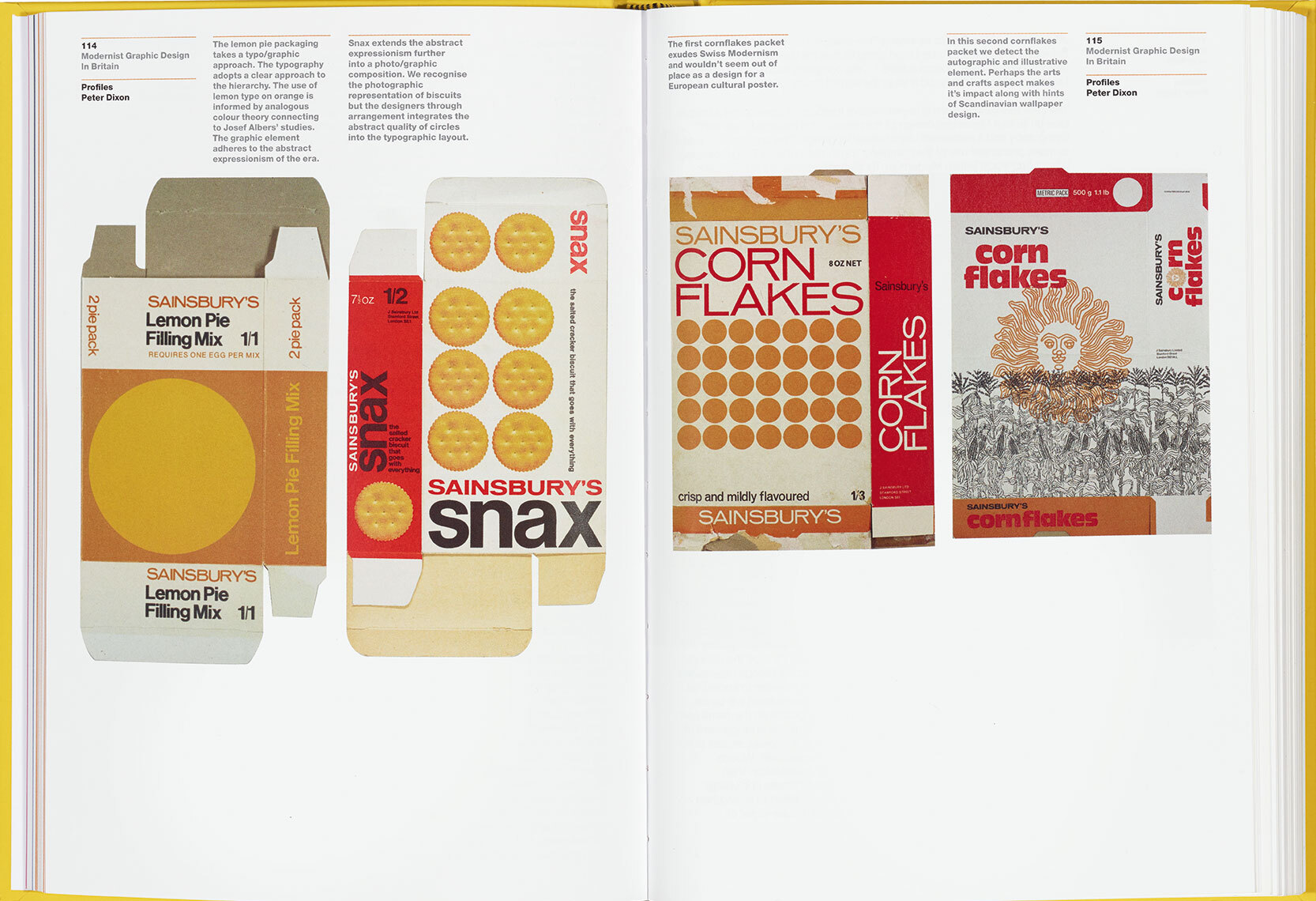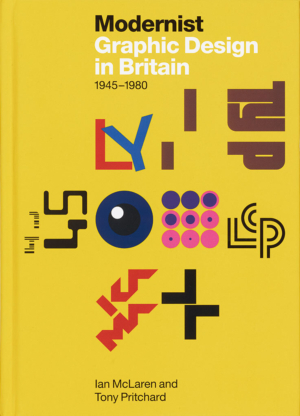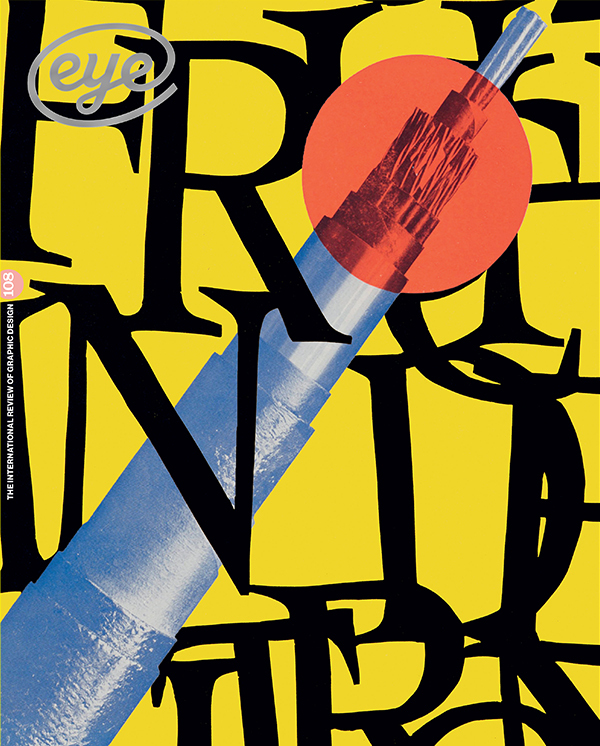Spring 2025
Modernism in the slow lane
Modernist Graphic Design in Britain 1945-1980
By Ian McLaren and Tony Pritchard The Modernist, £45 Reviewed by Rick Poynor
In the years before the Second World War, Britain was slow to embrace the most exacting and experimental forms of Modernism. This European vision of a brave new world sat awkwardly with an insistently bucolic traditional British taste. In 1949, 25 years after the advent of the new typography and the new vision in photography, Robert Harling, editor of Image, pronounced ‘Herr Tschichold and his functional asymmetry’ to be ‘too refrigerated and mathematical to be true’. The Festival of Britain in 1951 was supposed to usher in a new technological age of gleaming modern design, but the graphic design that accompanied the event was notoriously unadventurous in style, conventionally minded and twee.
By the mid-1980s, Modernism’s influence was barely felt in British graphics and Modernism was rarely mentioned as a cause. In the typography coming from design’s commercial mainstream, a genteel classicism ruled the roost and a strong graphic idea, preferably simple to look at and easy to grasp, was widely held to be the acme of good design. Pentagram were masters of this manner. When young music graphics designers such as Malcolm Garrett, Peter Saville and Neville Brody flouted this orthodoxy and began to look back to 1920s Modernism for inspiration, it marked a significant and exciting expansion of graphic possibilities in Britain.
Ian McLaren and Tony Pritchard’s welcome new overview, Modernist Graphic Design in Britain, tells the story of how some designers reacted to Modernism between 1945 and 1980. To make their case, they overstate the degree to which this tendency has been overlooked …
Rick Poynor writer, Eye founder
Read the full version in Eye no. 108 vol. 27, 2025

Eye is the world’s most beautiful and collectable graphic design journal, published for professional designers, students and anyone interested in critical, informed writing about graphic design and visual culture. It is available from all good design bookshops and online at the Eye shop, where you can buy subscriptions and single issues.

